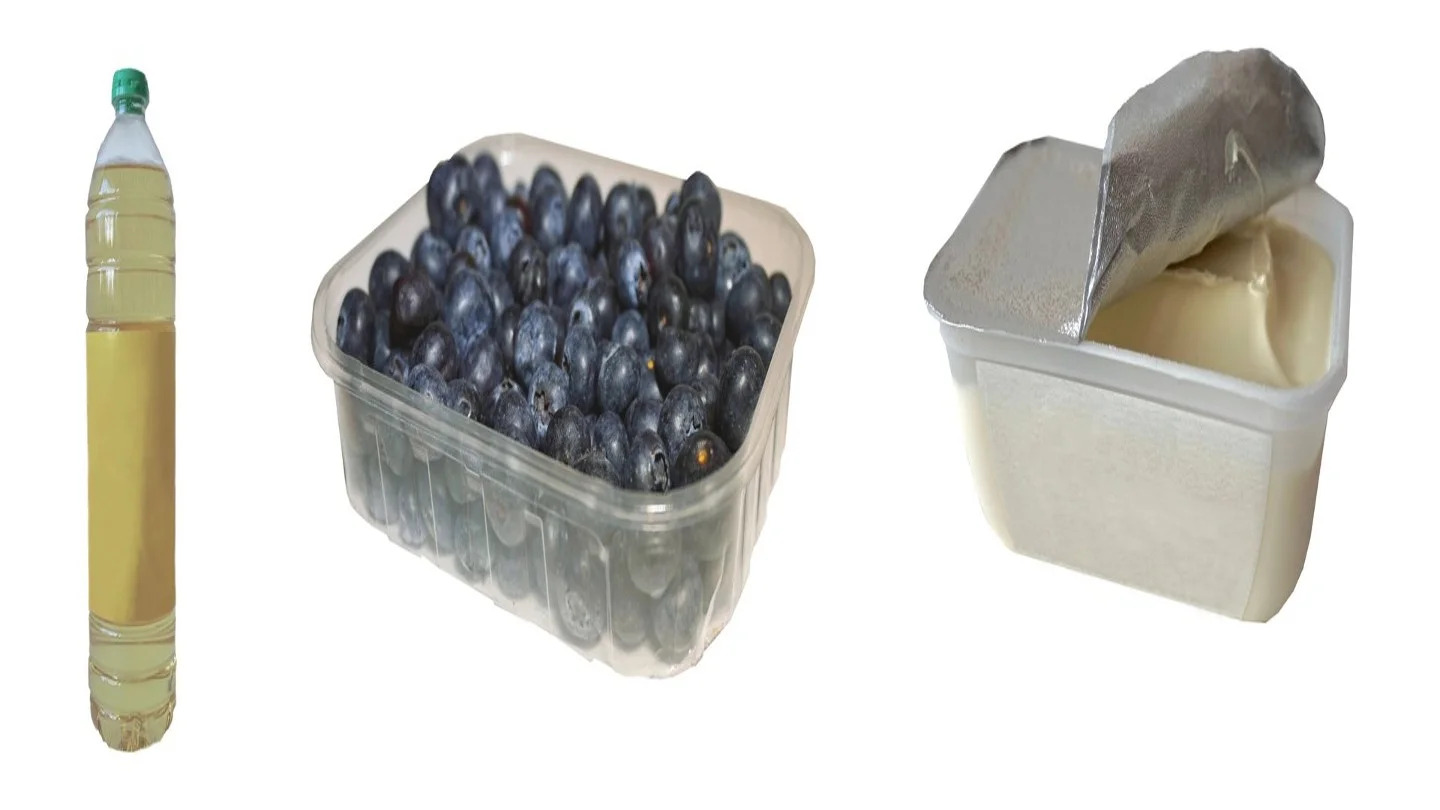
Researchers from the University of Bonn alongside the Forschungszentrum Jülich institution in Germany have recently conducted a study to examine how packaging influences consumers’ purchase intentions.
As part of this study, the team from both German institutions conducted an online survey of almost 3,000 women and men from across the country.
The survey focused on covering three completely different food items – blueberries, butter and vegetable oil.
All three products featured different sorts of packaging, one was packed in a traditional (but still recyclable) plastic container, one in a paper-based alternative and one in a bioplastic container.
Together, this accounted for a total of nine different food packaging combinations.
The respondents were divided into nine random groups and were shown a picture of one of the nine combinations together with a piece of brief information about the type of packaging it was.
Participants were required to indicate how environmentally friendly the packaging looked to them and how suitable such packaging was for safeguarding, transporting and preserving the food in question.
The results of this assessment, which are now published in the ‘Food Quality and Preference’ journal, revealed that consumers in Germany consider that paper-based packaging is more environmentally friendly when compared to its bioplastic alternative.
Meanwhile, the conventional packaging option scored the least overall points in the survey.
However, the surveyed population still felt ‘sceptical’ regarding innovative packaging solutions like paper-based bottle options.
The respondents considered such paper-based packaging ideal for protecting soft fruits and berries in order to avoid transportation damage.
University of Bonn’s Institute for Food and Resource Economics doctoral student Janine Macht said: “One possible solution to these problems is environmentally friendly plastic alternatives.
“These include plastics made from renewable raw materials, such as agricultural waste. Some manufacturers also rely on innovative paper-based packaging such as ice cream cups or bottles.
“We wanted to know what level of acceptance these alternatives receive from consumers and to what extent this also depends on the product that is packaged.”






